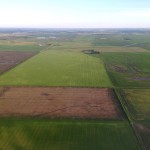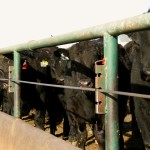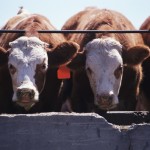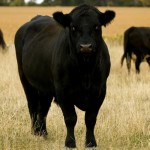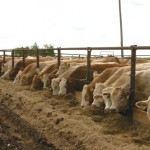Cattle grazers all across Canada have a wide choice of perennial forage species that they can seed this year. But how do producers pick a species and variety to grow in their respective areas? The question of seeding in mixtures has always been a puzzle. In the 1960s and early 1970s, seed mixtures contained 17 […] Read more




